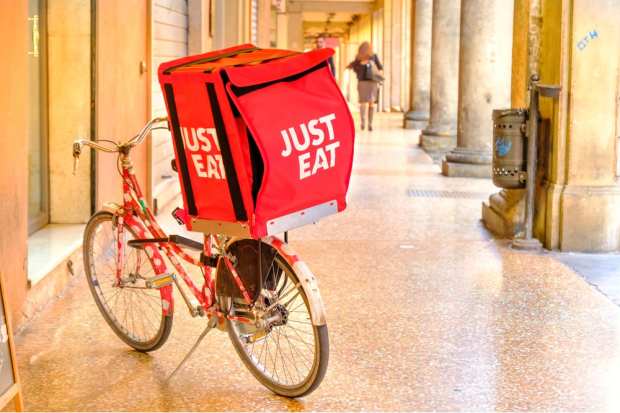Takeout Marketplace Just Eat Makes Round Of Layoffs

On the heels of Just Eat’s merger of customer and restaurant operation teams, Just Eat is shrinking its workforce to get rid of redundancies.
The takeout app, facing strong competition from Uber Eats and Deliveroo, has made a round of layoffs in the U.K. and Ireland, according to a report.
The move is part of a reorganization effort, the company said in a statement. A Just Eats spokesperson would not say how many people lost jobs.
“At our full-year results, we talked about organizing and energizing the business to execute our strategy at pace,” the spokesperson said.
Existing customer and restaurant operations teams were combined into one global unified team so the company can “…ensure our operations are set up to deliver the best possible service.”
At the same time, the company announced Graham Corfield’s appointment to chief operating officer (COO). “Graham joined the business in 2011, and as U.K. MD for the past six years, has overseen countless success stories for us, including driving U.K. order growth,” interim CEO Peter Duffy told the news outlet.
The layoff news follows Just Eat’s acquisition of City Pantry earlier in July. Just Eat previously acquired restaurant tech companies Flyt and Practi.
Just Eat started in Denmark in 2001 and expanded its marketplace across Europe, as well as Mexico, New Zealand, Canada and Brazil.
Consumers, overall, have stopped frequenting restaurants at the pace they once did, but that doesn’t mean they’re cooking. In 2000, research shows consumers ate outside the home 216 times a year; in 2018, that number declined 15 percent to 185 times a year. But of the 100 billion dinners eaten at home in 2018, only 37 percent of those meals were made from scratch.
In 2017, the mobile delivery market was projected to reach a value of $55 billion by 2022. Seventy percent of internet users told research analysts that they had ordered food delivery in the past year, with another 20 percent ready to try it. And of all online orders, 69 percent are placed on a mobile device.
